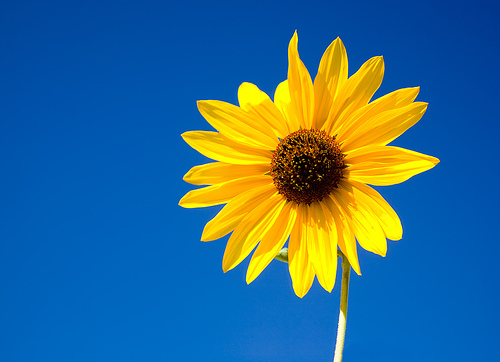September 21st, 2007
For Stunning Blue Sky Photos – Polarize!
I get asked occasionally how I create such a strong blue color in the sky of many of my outdoor photos and if it is created in Photoshop. The quick answer is: Nope, not in Photoshop but by using a Circular Polarizer filter.
A quick web search for this type of filter comes up with many explanations of what it does. Here’s one:
Produces deeper colored blue skies, which at the same time creates a striking contrast with white clouds. Minimizes light reflections from glass and water. Reduces glare from non-metallic surfaces. Provides a general color saturation to both cool and warm tones. Can be used in extremely bright light situations to reduce the amount of light entering the camera; this enables more selective depth of field control. (source: Cokin)
In addition to the added color boost, the filter drops approximately two f/stops from the exposure. This works well in place of a ND (Neutral Density) filter for times when I want to limit the ambient light for a longer shutter speed or less depth-of-field.
When shooting in sunlight with the Circular Polarizer filter, placing the sun at around a 90 degree angle to the camera lens creates the optimal effect.
Today’s image of a sunflower against the sky is an example of this technique. While the blue and yellow color of the scene was pleasing without the filter, its addition really made them “POP!”.
Canon 5D, Canon 24-105 f/4L lens – 1/100 second, f/6.3, ISO 100
Labels: tutorial






